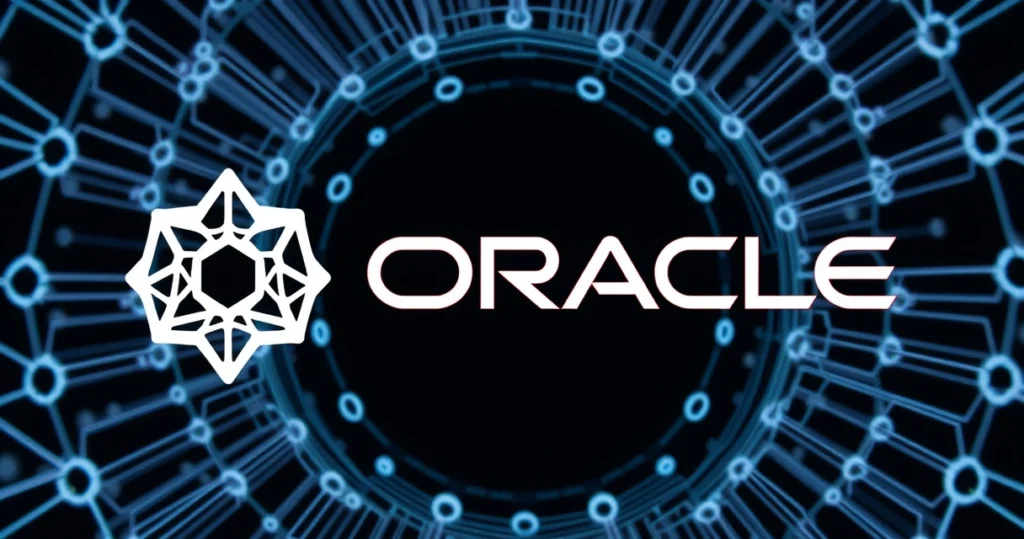In the rapidly evolving digital landscape, Non-Fungible Tokens (NFTs) have emerged as a groundbreaking innovation, revolutionizing the way we perceive ownership and value in the digital realm. Unlike traditional cryptocurrencies such as Bitcoin or Ethereum, which are fungible and can be exchanged for one another, NFTs are unique digital assets that signify ownership of a specific item, be it artwork, music, videos, or other digital collectibles. This uniqueness is secured by blockchain technology, ensuring transparency, security, and verifiable provenance.

This article delves deep into the world of NFTs, exploring what they are, how they function, their applications, and their implications for the future of digital ownership. Whether you are an artist looking to tokenize your work or an investor seeking to diversify your portfolio, understanding NFTs is crucial in today’s digital economy.
What is an NFT?
Non-Fungible Tokens (NFTs) are digital certificates of ownership that utilize blockchain technology to authenticate and verify ownership of a unique item. Unlike fungible tokens, which are interchangeable and have the same value, NFTs are distinct and each carries its own unique identifiers and metadata. This uniqueness makes them ideal for representing various forms of digital assets.
Key Characteristics of NFTs
- Uniqueness: Each NFT is unique and cannot be replicated, making it suitable for items that require proof of authenticity.
- Indivisibility: NFTs cannot be divided into smaller units. They exist as whole tokens that represent a specific item.
- Ownership: The ownership of an NFT is recorded on the blockchain, providing a permanent and transparent record of transactions.
- Transferability: NFTs can be sold or transferred between parties, enabling a marketplace for digital collectibles.
How Do NFTs Work?
NFTs operate on blockchain technology, which is a decentralized ledger that records all transactions across a network of computers. The most common blockchain for NFTs is Ethereum, but other platforms such as Binance Smart Chain and Flow are also gaining popularity. Here’s how NFTs function:
Minting NFTs
The process of creating an NFT is known as “minting.” When an artist or creator mints an NFT, they upload their digital asset to a blockchain platform, which then creates a unique token that represents that asset. This token includes metadata such as the title, description, and a link to the digital file. The minting process ensures that the NFT is verifiable and traceable.
Buying and Selling NFTs
Once an NFT is minted, it can be listed for sale on various NFT marketplaces, such as OpenSea, Rarible, and Foundation. Buyers can purchase NFTs using cryptocurrency, and once the transaction is complete, the ownership of the NFT is transferred to the buyer’s digital wallet. This entire process is secured by the blockchain, which ensures that the ownership record is accurate and tamper-proof.
Applications of NFTs
NFTs have found applications in various sectors, transforming how we interact with digital content and assets. Here are some notable areas where NFTs are making an impact:
Art and Collectibles
The art world has been one of the major beneficiaries of NFTs, allowing artists to tokenize their work and sell it directly to collectors without the need for intermediaries. This has democratized access to art and provided artists with new revenue streams. Collectibles, such as virtual trading cards and digital memorabilia, have also gained immense popularity, creating a new market for collectors.
Gaming
In the gaming industry, NFTs are revolutionizing how players interact with digital assets. Players can own in-game items, characters, and skins as NFTs, allowing them to trade or sell these assets outside the game environment. This not only gives players true ownership of their items but also creates new economic opportunities within gaming communities.
Music and Entertainment
NFTs are also transforming the music industry by enabling artists to sell their music directly to fans as unique digital assets. Musicians can tokenize albums, concert tickets, and exclusive content, providing fans with a sense of ownership and connection to their favorite artists. This model allows for innovative revenue streams and fan engagement strategies.
The Future of NFTs and Digital Ownership
The rise of NFTs signals a shift toward a more decentralized and democratized digital economy. As more industries explore the potential of NFTs, we are likely to see further innovations in digital ownership and asset management. However, this emerging landscape also raises important questions about copyright, intellectual property, and environmental concerns related to blockchain technology.
Challenges and Considerations
- Environmental Impact: The energy consumption of blockchain networks, particularly those using proof-of-work mechanisms, has raised concerns about their environmental footprint.
- Intellectual Property Issues: The ease of minting NFTs could lead to copyright violations, where individuals create NFTs of works they do not own.
- Market Volatility: The NFT market can be highly speculative, with prices fluctuating dramatically based on trends and demand.
Frequently Asked Questions (FAQs)
1. What is the difference between NFTs and cryptocurrencies?
While both NFTs and cryptocurrencies operate on blockchain technology, NFTs are unique digital assets that represent ownership of specific items, whereas cryptocurrencies are fungible and can be exchanged for one another.
2. Can NFTs be used for physical items?
Yes, NFTs can represent ownership of physical items through a digital certificate. However, the actual physical item must be linked to the NFT in some way, typically through a smart contract.
3. How do I buy an NFT?
To buy an NFT, you need a digital wallet that supports cryptocurrency, an account on an NFT marketplace, and some cryptocurrency to facilitate the purchase.
4. What are some popular NFT marketplaces?
Some popular NFT marketplaces include OpenSea, Rarible, Foundation, and Nifty Gateway. Each platform has its own unique features and offerings.
5. Are NFTs a good investment?
Investing in NFTs can be risky due to market volatility and speculative nature. It’s essential to conduct thorough research and understand the market before investing.
Conclusion
Non-Fungible Tokens (NFTs) are redefining the concept of digital ownership and value in an increasingly digital world. By providing a secure and transparent way to authenticate and trade unique digital assets, NFTs are paving the way for new opportunities across various industries. As we continue to explore the potential of NFTs, it is crucial to remain informed about the challenges and implications they bring. Whether you are an artist, collector, or investor, understanding the intricacies of NFTs is essential for navigating this exciting frontier in the digital economy.
📰 Original Source
Este artigo foi baseado em informações de: https://tecnoblog.net/responde/o-que-e-nft-non-fungible-tokens/



